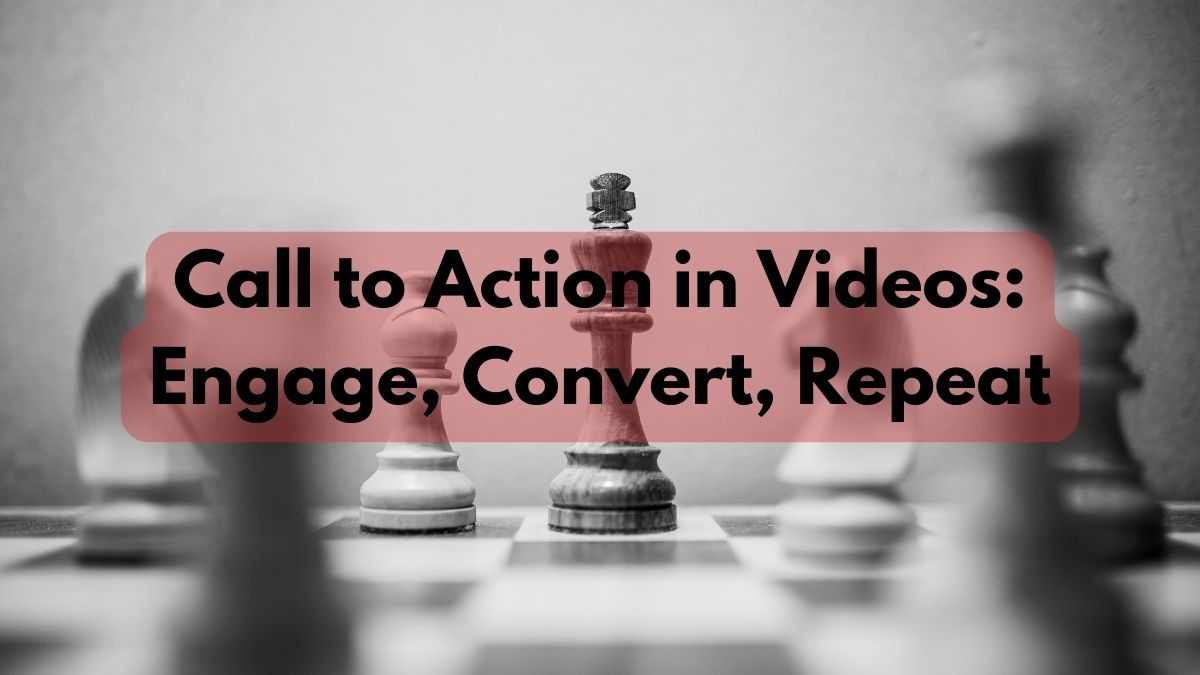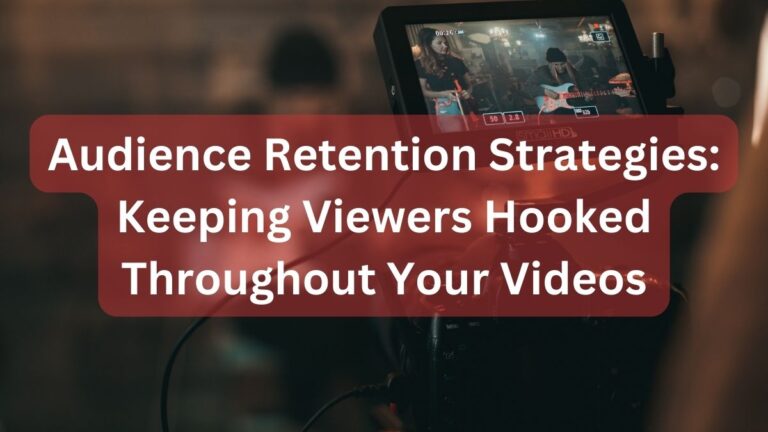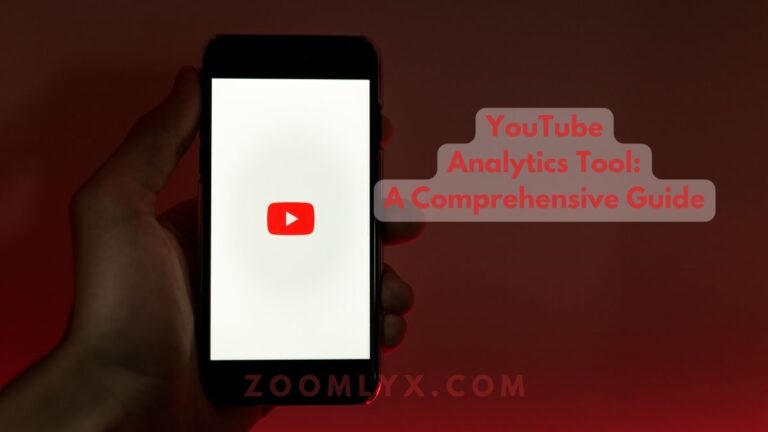Call to Action in Videos: Engage, Convert, Repeat
In today’s digital landscape, videos reign supreme, capturing attention like no other medium. But what happens after the video ends? How do we inspire viewers to act, engage, or even convert? Enter the indispensable “Call to Action” (CTA). This isn’t just a mere nudge—it’s the bridge between passive viewing and active engagement. Dive in as we unravel the art and science behind powerful Call to action in videos, and learn how to transform your viewer’s experience from mere entertainment to meaningful action.
The Video Age: More than Just Virals and Tutorials
Videos account for over 82% of internet traffic, according to a Cisco study. From bite-sized TikToks to extended webinars, the modern consumer thrives on video content. More than just being engaged, they want to be directed—what should they do next?
The Critical Role of Call to Action in Videos
Ever watched a fantastic video and felt lost afterward, unsure of what to do next? That’s a missed CTA opportunity. CTAs serve as:
- Guiding Stars: Leading viewers to the next logical step.
- Engagement Boosters: More likes, shares, or comments mean better reach and resonance.
- Conversion Drivers: Directing traffic, leading to sales, or other desirable actions.
Varieties of the Video CTA
Depending on your video’s objective, your CTA will vary.
- Direct CTAs make a straightforward request. Think of infomercials with their “Call in the next 10 minutes…”
- Indirect CTAs play the long game. They might ask for a video share or a comment, building community and dialogue.
- Informational CTAs are about depth. “Want to dive deeper? Check our full guide here.”
- Social Media CTAs bridge platforms. “Loved this? Follow us on Instagram for daily snippets!”
Netflix’s “Play Next Episode” is an ingeniously simple CTA. It’s direct and designed to keep you engaged (and binging).
Crafting the Perfect Video CTA: Best Practices
Ever clicked on a video’s link immediately? That’s a CTA working its magic. Here’s how to craft yours:
- Clarity: Be specific. “Sign up for our newsletter” works better than “Stay informed”.
- Timing: Neil Patel, a leading marketing expert, suggests that placing a CTA 70% into your video can be more effective than waiting till the end.
- Design & Visibility: Can’t see it? Won’t click it. Ensure your CTA is both visually appealing and clearly visible.
- Simplicity: Overwhelm is real. Stick to one primary CTA per video.
- Relevance: Your CTA must align with your video’s content.
- Urgency: Create a FOMO effect. “Limited stock” or “Offer ends soon” prompts immediate action.
The Pitfalls: What Not to Do
Like all things, there are pitfalls to avoid:
- Vagueness: “Click here” without context can be confusing.
- Wrong Timing: A mid-video CTA can disrupt engagement.
- CTA Overload: Too many CTAs can lead to decision paralysis.
Harnessing Tools for Potent CTAs
Platforms like YouTube offer “End Screens” that can showcase other videos, subscribe buttons, or external links. Video editing software like Premiere Pro or Final Cut can integrate CTAs seamlessly into the content.
Real-life Wins and Misses
Consider Dove’s Real Beauty Sketches campaign. The video ends with a poignant “Discover the real beauty that’s inside. Take the Dove Beauty is…” urging viewers to rethink beauty norms and explore more. The CTA ties perfectly with the video’s message, and it was a viral hit.
On the flip side, Pepsi’s infamous Kendall Jenner ad, though not solely because of its CTA, showcased the importance of relevance. A misplaced message can overshadow your entire content, making your CTA moot.
Metrics and More: Is Your CTA Working?
Gary Vaynerchuk, a thought leader in digital marketing, once said, “Content is king, but context is god.” Your call to action in videos might be perfect, but if it’s not leading to results, it needs tweaking. Tools like Google Analytics or in-platform insights (like YouTube Analytics) can track click-through rates. Always be testing, adjusting, and improving.
In Conclusion
A video without a CTA is like a story without an ending. It’s engaging, sure, but where does it lead? In the era of digital dynamism, compelling viewers to act is the gold standard.
So, what’s your next step? (See what we did there?) Share this guide, implement these strategies, and let’s redefine video engagement together!







